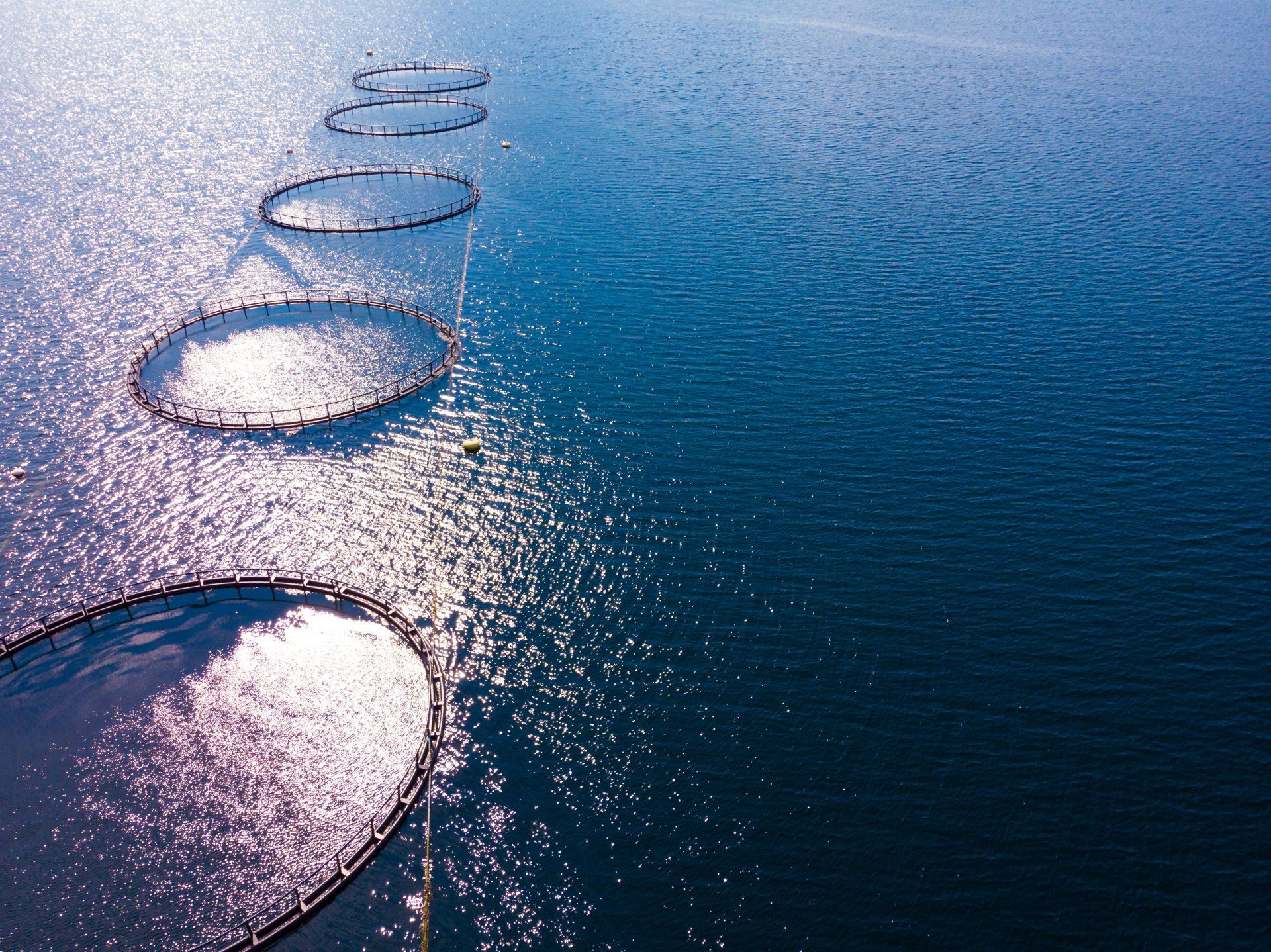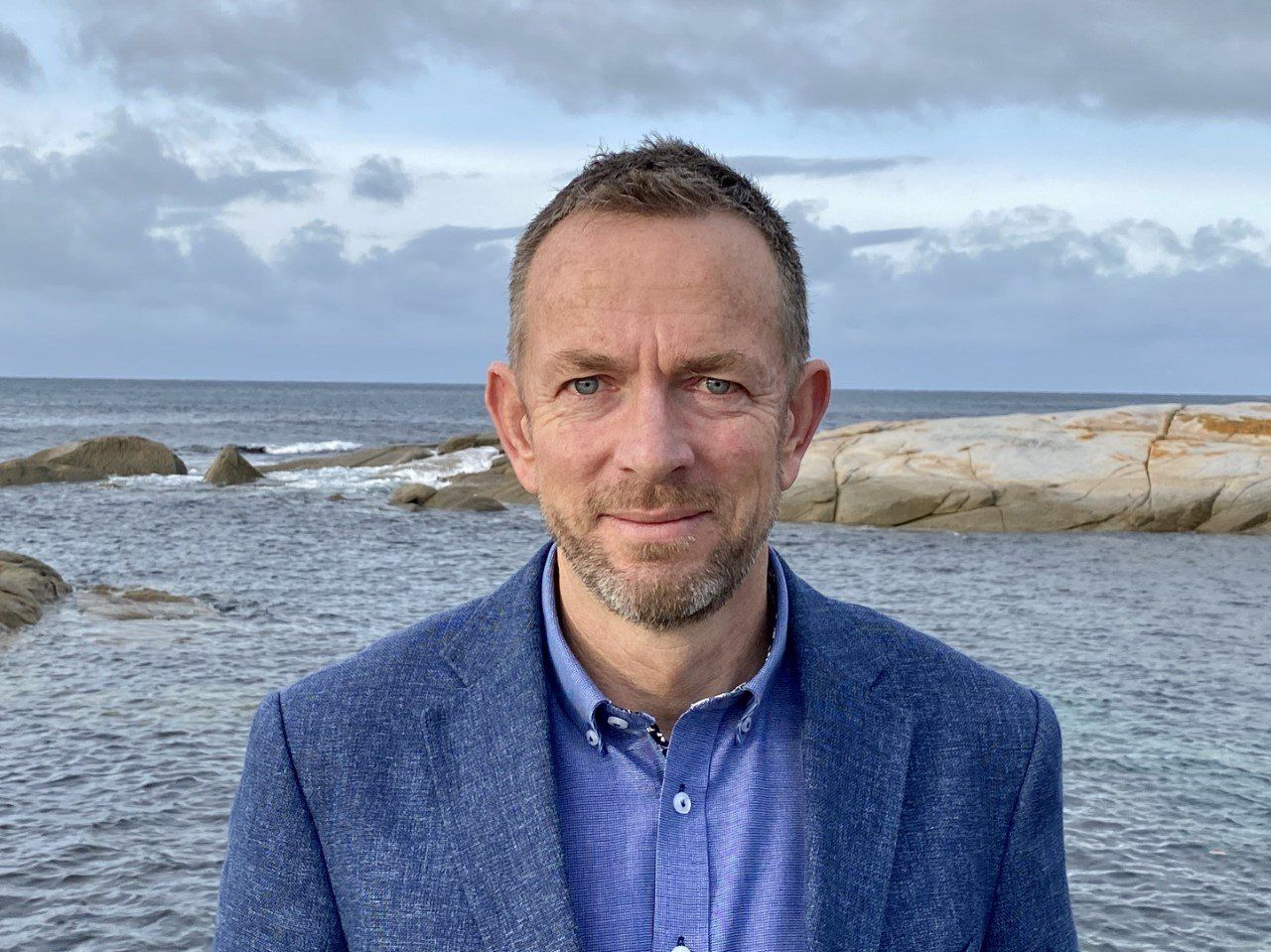Dr John Whittington is the CEO of the Blue Economy CRC, a Cooperative Research Centre established in 2019 under the Australian Government’s CRC Program.
Untapping Natural Resources for a Sustainable Future: The Oceans
The opportunities to grow Australia’s blue economy through offshore renewable energy and offshore aquaculture are vast.

There are many definitions of the blue economy but central to most is the concept of a sustainable ocean economy that provides food, energy, transport of people and goods, and empowers coastal communities. The World Bank describes it as “the sustainable use of ocean resources for economic growth, improved livelihoods and jobs, and ocean ecosystem health”.
Globally, the blue economy is made up of well-established industries such as marine and coastal tourism, oil and gas, fisheries and inshore aquaculture, shipping and ports, and defence. Additionally, emerging industries such as offshore renewable energy, offshore aquaculture, ecosystem services, and marine biotechnology. All of these activities extend from coastal to offshore areas, and across national and international borders.
The global annual economic value generated by the ocean assets of the blue economy is estimated between USD1.5 trillion and USD2.5 trillion annually[i], with the asset value of the world’s oceans estimated at USD24 trillion.
The United Nations’ 2030 Agenda for Sustainable Development proposed 17 Sustainable Development Goals (SDGs) and 169 targets as an action plan for prosperity, with a focus on sustainable practices. Remarkably, the blue economy has components that link to most SDGs, the most critical being SDG 14, which aims to “conserve and sustainably use the oceans, seas, and marine resources for sustainable development”.
The High-Level Panel for a Sustainable Ocean Economy unites 16 countries (including Australia) to facilitate solutions and develop an agenda for transitioning to an ocean economy which is sustainable. Five building blocks have been agreed as transitions hereto — (i) decision-making based on science and data; (ii) goal-oriented ocean planning; (iii) mobilisation of investments based on innovation and de-risking finance; (iv) stopping land-based pollution; and (v) changing the ocean accounting to reflect the true value of the ocean.
Based on these principles, a recent report commissioned by the panel estimated that the oceans had the potential to sustainably generate six times more seafood (through aquaculture) and 40 times more renewable energy than currently.
Australia’s opportunities to grow its blue economy are vast. This country has the world’s third largest marine jurisdiction with an Exclusive Economic Zone (EEZ) of 10.2 million km2. Much larger than its land area of 7.69 million km2, this includes tropical, sub-tropical, temperate, and Antarctic environments capable of supporting diverse aquaculture whilst also being home to some of the world’s best ocean energy resources.
Australia’s blue economy is currently dominated by the offshore oil and gas industry contributing close to 50 per cent, and the tourism and shipping service sectors contributing close to 40 per cent to the blue economy output. By 2025, Australia’s blue economy Gross Value Added (GVA) is expected to reach AUD100 billion annually.
Conversely, offshore renewable energy and offshore aquaculture are two sectors of Australia’s blue economy with significant capacity to grow, consistent with commitments to the High Level Panel for a Sustainable Ocean Economy and the UN’s SDGs.
Australia’s EEZ has some of the world’s highest quality and abundance of marine related renewable energies. As an example, offshore wind quality in Australian waters is comparable to areas such as the North Sea where wind power is commonly used, and where this resource is undergirded by a well-established industry.
A recent analysis of offshore wind energy resource was undertaken in terms of total resource, potential generation capacity, and capacity factors. The theoretical resource for Australia’s EEZ was estimated to be 27,369 GW, and the “technically accessible resource” - constrained to areas less than 100 km from shore, in water depths less than 1000 m, within 100 km of sub-stations and transmission lines, and excluding environmentally restricted areas - was estimated to be 2,233 GW. This is far in excess of current and projected electricity demand across the Australian electricity markets.
In Australia, there are currently more than ten projects proposed with a combined capacity of over 25 GW, or 1 per cent of the technically accessible resource. The use of offshore renewable technologies in combination with other renewable exportable energy sources, such as green hydrogen, can support the decarbonisation of complete industry sectors in the near future as the engineering and regulatory challenges are addressed.
Australia has a global reputation for quality, safe, and sustainable seafood. Yet its fisheries are relatively small by world standards, with Australia importing 72 per cent of its seafood. Currently, Australian aquaculture has a gross value of AUD1.6 billion per year, accounting for 51 per cent of the total fisheries related Gross Value of Production (GVP). While most of Australia’s wild fish stocks classified as sustainable, there is limited capacity to sustainably increase wild capture seafood - any significant growth in sustainable seafood production will need to come from offshore aquaculture.
Realising the full potential for sustainable offshore seafood and energy production requires moving renewable energy systems and aquaculture into high quality yet remote and more exposed high-energy operating environments. This will require the development of new and more robust structures and production systems that require less maintenance with increased automation, systems able to withstand regular and extreme weather events while being safely and economically managed.
Enabling these offshore industries will require new planning, including new regulatory, monitoring, and environmental accounting systems. This will provide the community with confidence that the operations are environmentally sustainable and socially responsible, while providing the industry and capital markets with the confidence to make long term investments.
Solutions developed to grow the blue economy in Australia’s waters will have global application.
[i]
OECD. 2016. The Ocean Economy in 2030. Report. Paris: OECD Publishing











